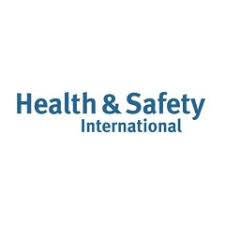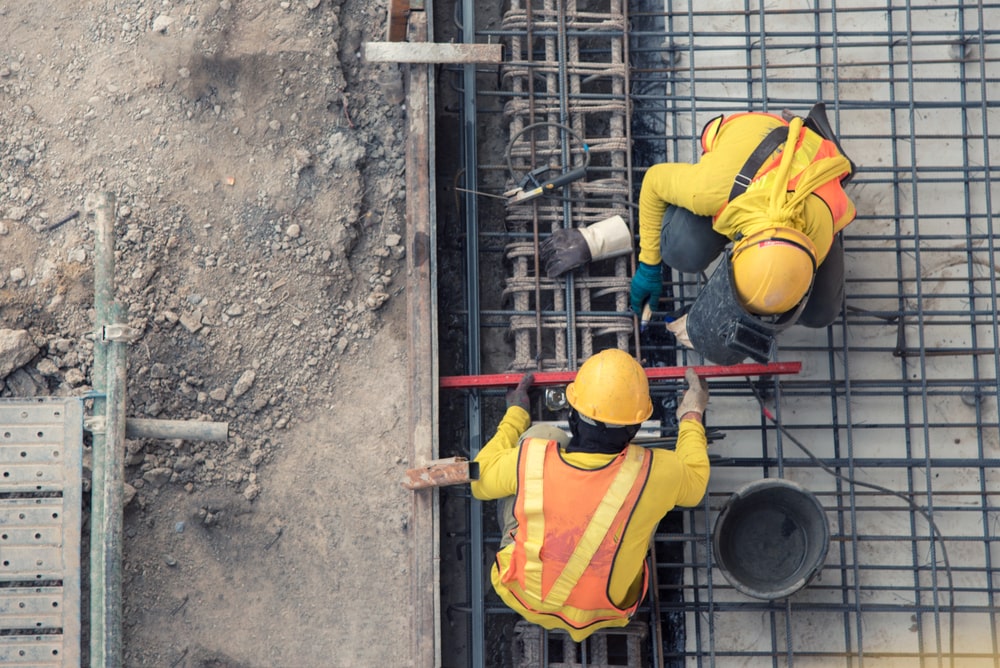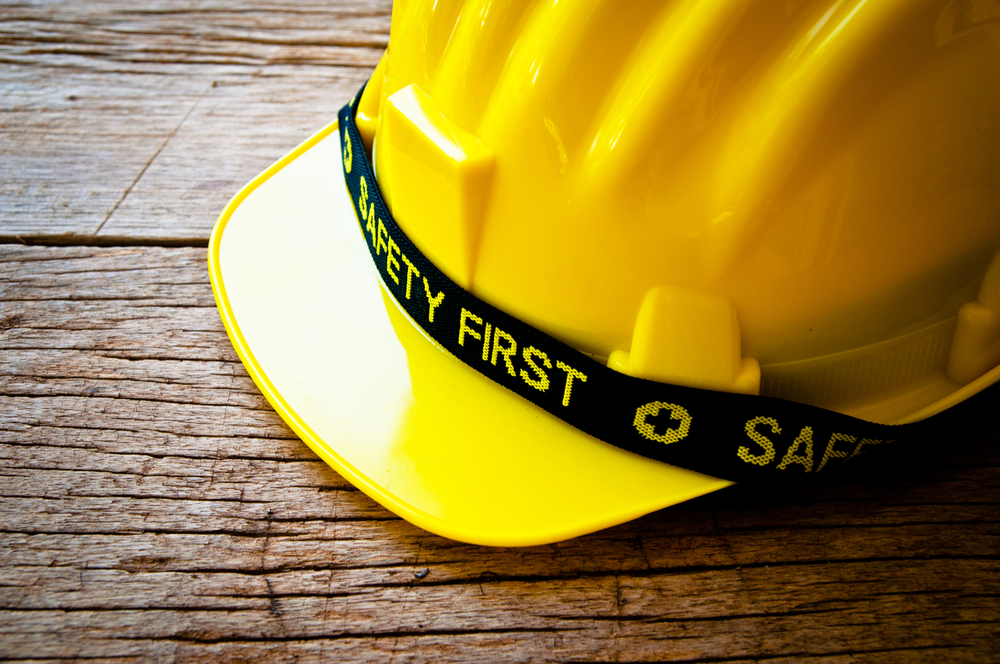News Post
February 2015 Newsletter
Construction (Design and Management) Regulations 2015
Draft guidance on the Regulations
Date of publication: 2015
Series code: L153
Price: TBA
Subject to Parliamentary approval, new Construction (Design and Management) Regulations 2015 (CDM 2015) will come into force on 6 April 2015.
About this guidance
This draft Legal (L) Series guidance PDF is on the legal requirements for CDM 2015. It’s being made available before the Regulations come into force on 6 April to help anyone who has duties under the Regulations to prepare in advance.
Please note the draft Regulations within the guidance have been amended following consultation. The Regulations and this draft Legal series guidance may be subject to change while the Regulations are awaiting Parliamentary approval. The final version of the Legal series guidance to support CDM 2015 will be available on 6 April 2015.
What will change?
- Principal designer. The replacement of the CDM co-ordinator role (under CDM 2007) by principal designer. This means that the responsibility for coordination of the pre-construction phase – which is crucial to the management of any successful construction project – will rest with an existing member of the design team.
- Client. The new Regulations recognise the influence and importance of the client as the head of the supply chain and they are best placed to set standards throughout a project.
- Competence. This will be split into its component parts of skills, knowledge, training and experience, and – if it relates to an organisation – organisational capability. This will provide clarity and help the industry to both assess and demonstrate that construction project teams have the right attributes to deliver a healthy and safe project.The technical standards set out in Part 4 of the new Regulations will remain essentially unchanged from those in guidance related to CDM 2007. HSE’s targeting and enforcement policy, as a proportionate and modern regulator, also remains unchanged.
Draft industry guidance
There are a series of draft industry guides for the five dutyholders under CDM 2015, and one for workers. These are available before the Regulations come into force and may be subject to change.
They set out, in practical terms, what actions are required to deliver a safe and healthy construction project.
HSE will also be working with stakeholders in the entertainments industry to provide specific guidance for these sectors. An update letter on their progress ia available.
Transitional arrangements
When CDM 2015 comes into force on 6 April 2015, there are transitional arrangements in place that will run for six months from 6 April 2015 to 6 October 2015.
Construction firm owner in court over unsafe scaffolds
The owner of a small construction firm has been fined after he erected a series of scaffolds in and around a town over several months in late 2013 that were riddled with dangerous faults.
It was heard that the owner of the Scaffolding company, was relying on knowledge gained from training he received in 1979. He is now prohibited from erecting scaffolds until up-to-date training is completed.
The Magistrates’ Court heard how the owner had put workers’ lives at risk by putting up scaffolds several metres high for them to work on but with potentially lethal defects that could have seen builders fall from unguarded platforms or through rotting wooden planks.
HSE prosecuted the man for safety breaches after investigating a particularly hazardous scaffold that he was responsible for last year. HSE attended as a result of a complaint made by a member of the public.
The court heard that the scaffold, erected, had numerous faults, namely:
it was not tied to the building so was insecure and more liable to collapse;
it lacked baseplates on many uprights, meaning that the scaffold could have sunk into the ground or ‘punched through’ any drains or cavities it was erected on;
there were few, if any, guardrails on the lifts – or working platforms – to prevent falls from height;
there was no bracing on the middle scaffold on the middle working platform giving rise to serious stability issues; and
many of the boards were rotten and damaged and could have broken under workers’ feet, sending them falling to the ground below.
Despite remedial work requested by HSE being carried out on the scaffold by the owner, there were still defects.
The court was told that the owner had received previous advice from HSE on poor scaffolding twice during one month in the previous year..
He was fined a total of £1,600 and ordered to pay £600 in costs after admitting breaching the Health and Safety at Work etc. Act 1974 and the Work at Height Regulations.
After the hearing, the HSE inspector said: “the owner of the company not only erected numerous unsafe scaffolds, but also relied on his knowledge from training delivered in 1979 – more than 30 years earlier. He has now been prohibited from erecting scaffolds until he has completed further training to acquaint himself with up-to-date safety legislation and scaffolding standards.
“His failings created a risk of death or serious personal injury. Scaffolds are temporary structures and their integrity and safety must be ensured to, in turn, safeguard the workers and passers-by.”
European Metal Recycling Company to pay £230k following worker’s death
A worker died when part of a 33-tonne metal barge he was dismantling collapsed on top of him, a court has heard.
The man, sustained fatal crush injuries in the incident at a Metal Recycling depot .
The recycling giant, which operates across several countries, was jointly sentenced after an investigation by the HSE identified serious flaws with the method of work being used to dismantle the barges.
The Crown Court heard that the worker was working alongside others to cut and dismantle two large steel barges using oxy-acetylene torches.
He had finished cutting through the outer skin of the barge’s hull and had moved inside the now unsupported structure to cut some supporting braces when the side collapsed in on him. The man died at the scene.
The recycling giant failed to do enough to protect the workers, and ensure that burning contractors on site were competent and working safely.
They were fined £150,000 and ordered to pay £80,000 in costs after pleading guilty to breaching Section 3(1) of the Health and Safety at Work etc Act 1974.
Speaking after the hearing, the HSE inspector said: “The Metal Recycling Company had used the man to work for them as a burner, and were responsible for his safety and for ensuring the barges were being dismantled in a safe manner.
“Our investigation found they all neglected that responsibility and the man has paid the ultimate price with his life – a terrible and senseless loss that was completely preventable had the work been better planned and managed.”
Manufacturing firm to pay £116k following worker’s death
HSE has prosecuted a company following the death of a worker, who was crushed beneath a one tonne silo of varnish that slid from the tines of a forklift truck and toppled onto him.
He died from his injuries hours after the incident at the factory..
The company, which makes inks, varnishes and coatings, was fined £66,000 after an investigation highlighted several safety failings; crucially the failure by the company to spot risks to its workforce.
The Crown Court was told that a customer of the company had returned part of an order as it couldn’t decant varnish from a silo and had asked for the liquid to be re-sent in 10kg plastic containers.
Because of difficulties in changing the order, workers were tasked with decanting the varnish directly from the silo into the containers via a tap at the base of the silo, which had been raised on the tines of the forklift.
As the man worked on the decanting, the silo slid down the tines and fell directly onto him. He died in hospital later the same night.
HSE found a combination of the creeping heavy load, the downward tilt of the forks, and the valve being used frequently from below, had caused the silo to fall.
HSE said that the company had failed to assess the risks to workers of the decanting operation. As a result, employees were operating without a system of work in place to help them do the job in safety.
The court also heard it had been dangerous for the forklift to be used to balance heavy loads for extended periods – a job it was not designed for.
HSE said the failures by the company to provide a safe working environment had exposed employees to serious risk and led to the man’s death.
There was evidence that this was not the only incident at the company that had involved a load falling from the tines of a forklift truck; this near-miss ought to have alerted the company to the risk of a silo falling.
The company, was fined £66,000 and ordered to pay £50,000 in costs after admitting breaching the Health and Safety at Work etc. Act 1974.
After the hearing, the investigating HSE said: “A system that involves a person standing in the immediate vicinity of a suspended load on a forklift truck, which had no driver, is inherently unsafe. The forklift is not capable of holding elevated loads for long periods yet it was a system that had been allowed to develop over time, despite there being readily-available, safe alternatives.
“Every worker should quite rightly expect that they will return home safely from work every day. Sadly this did not happen for the worker that day but there is no doubt that his death was avoidable had the company effectively managed the health, safety and welfare of its employees and learned lessons from previous incidents and near-misses.”
Latest News
Health and Safety in Schools Checklist
Health and safety should be a top priority in any workplace, but especially in schools. Not only are you responsible for your staff’s safety, but you need to maintain the welfare of your pupils too. To do so, you must uphold your legal complian..
It can be difficult to decide your future path - a lot can ride on it, after all - but a career in health and safety could be the right choice for you. There are several types of careers in the health and safety industry that might be a good fit..
What is ISO 45001?
If you’re wondering what ISO 45001 is, then this is the guide for you. Replacing the old OHSAS 18001 standard, ISO 45001 is the new international standard for occupational health and safety management. In this guide, we'l..
Who Enforces Health and Safety?
The enforcement of health and safety is crucial to maintain healthy workplaces. The term health and safety itself covers the safety legislation and safety law that comes under the Health and Safety at Work Act 1974. In general, this means t..
Health and safety training is a requirement in the workplace, no matter which sector you work in. Our experts at SMS Europe have been providing an extensive range of specialist health and safety services for almost 20 years. To help make work en..
Health and safety in the workplace is all about controlling risks in a way that protects both your employees and your company. Strong leadership, including your employees, managers, suppliers, contractors, and consumers, is a characteristic of great ..
Health and safety in the workplace is immeasurably important. But, without the Health and Safety at Work Act of 1974, we might have never prized safety so highly. This piece of workplace legislation is highly significant and indeed has transform..
Fire Safety and Fire Risk Assessment at Leased Offices and Buildings Fire safety at leased single and multi- tenanted offices can be approached in a number of ways. Generally speaking, there are three types of premises, (single occupancy lea..
Safety Gloves
Please have a read at SMSE Managing Director Philip Marsden's article on Safety Gloves which is published in the February 2022 edition of Health and Safety International Magazine. https://www.hsimagazine.com/article/fits-like-a-glove/ We wo..
Current Health and Safety Industry Trends
New Guidance Released for Managing Home Workers As an employer, you have the same health and safety responsibilities for those who work from home as you do for all other employees who may work from the workplace. In most cases, the dange..
Who Is Responsible for the Health and Safety on a Building Site? Legally, the responsibility of health and safety within the business lies with the employer. It is up to them to make sure the environment meets the necessary health and safety requi..
No one wants to be injured whilst at work, and no one wants their staff to be injured, especially whilst on the job. That doesn’t mean that accidents don’t happen. In fact, each year an average of 22 manufacturing workers die in workplace..












